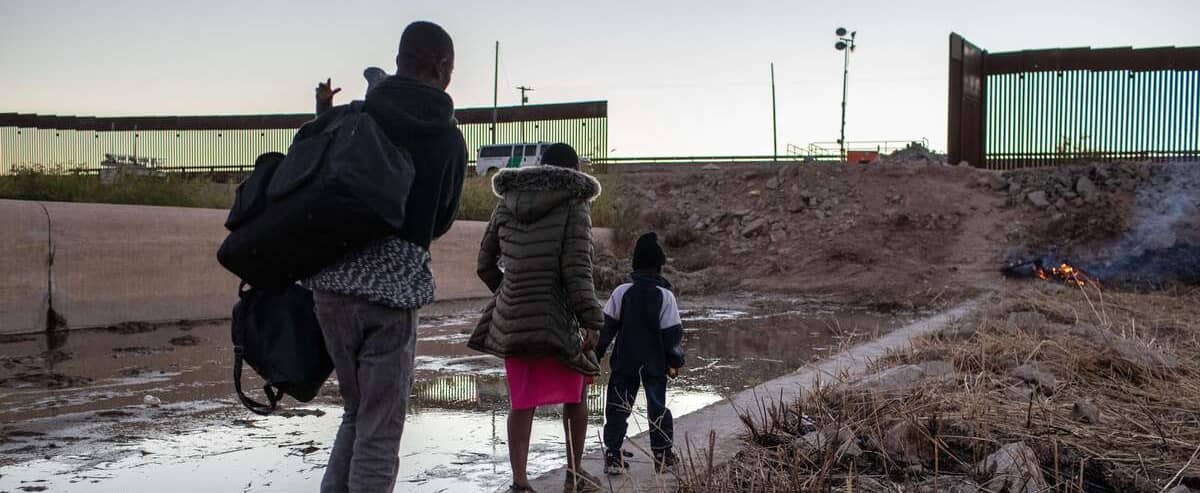Canada and the United States are far from alone in facing an upsurge in illegal immigration. European authorities estimate that in 2023, 2 million people could apply for asylum in Europe. This wild migration will not stop there.
Most immigrants, legal or illegal, are fleeing dire political conditions or want to improve their standard of living. Unfortunately, an overview of the more or less neighboring countries of Europe shows that their political and economic situation will continue to deteriorate. Climate crises are expected to further accentuate migration issues. MEPs have just adopted new laws on immigration, but it is far from certain that the 27 member countries of the European Union (EU) agree to apply them. On the contrary, everything suggests that the European countries will tear each other apart more than ever on these issues.
1. What are the immigration figures in Europe?
In 2022, the EU welcomed around 3 million legal immigrants. It has accepted 966,000 asylum applications. Every year, the EU asks 500,000 illegal immigrants or refugees whose asylum applications have been rejected to return home. About 30% do, the rest faint in nature. Most immigrants come from India, Burundi, Morocco, Tunisia, Egypt, the Democratic Republic of Congo or Peru. The 4 million Ukrainian refugees are not counted in these figures.
2. Why is immigration likely to increase?
Several countries around the Mediterranean risk sinking further into misery and political chaos. Lebanon is reaching a hopeless stage of decomposition. This country is also home to a very large population of refugees. Tunisia and Algeria are becoming more and more authoritarian. Egypt is in danger of crossing an economic point of no return. Further south, the activities of the Islamic State and the Wagner armed group in Sudan, Central Africa, Niger, Mali or Burkina Faso risk accelerating the waves of immigration. The industrial fishing in which China engages along the African coasts deprives many coastal fishermen of their livelihood. Finally, because immigrants send a lot of money back to their countries of origin, governments in poor countries often encourage emigration.
3. How will climate change increase immigration?
Climate change will not only make parts of the world uninhabitable. They will also increase competition for various resources, in particular for fresh water and electricity, which will accentuate the conflicts between various social groups and between certain States with deficient infrastructures or whose resources are weak.
4. What are MEPs proposing?
MEPs are proposing new laws on immigration which would favor the redistribution of asylum seekers not only according to their point of arrival in the EU, but also according to their cultural affinities, the presence of relatives in a country of the EU or the place where they would have studied.
5. Why are European countries in danger of tearing each other apart over immigration?
At the rate at which immigration continues, it is possible that Europe will find itself within twenty years with between 10% and 20% of illegal immigrants among its inhabitants. The situation is badly experienced by several countries like Italy, where the birth rate is very low, to the point where the Prime Minister, Giorgia Meloni, evokes the scenario of a replacement of the original population. Although exaggerated, this possibility worries many other countries.
